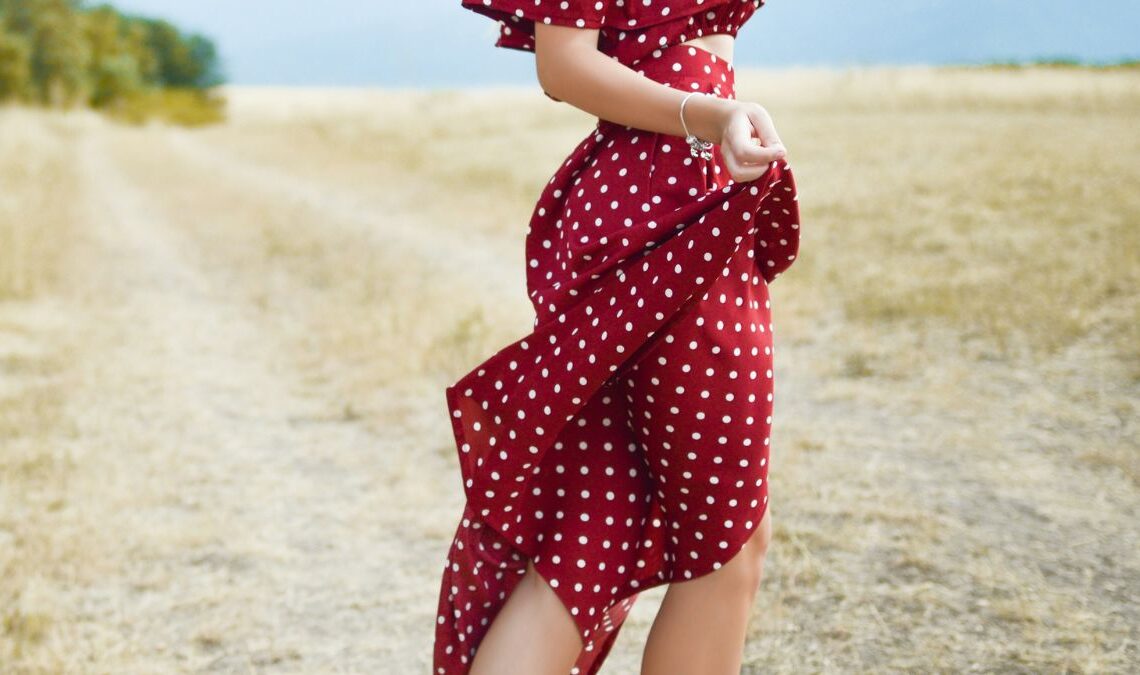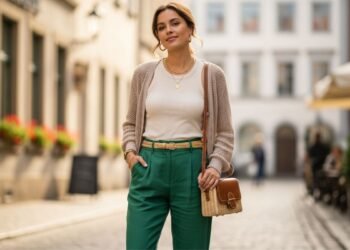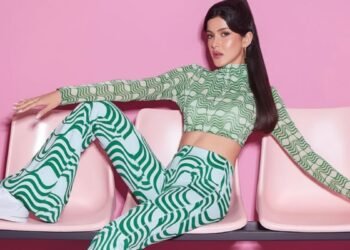Horse racing is one of the great links between modern times and yesteryear.
Although the sport has evolved with the times, and technological advances have driven it into the modern day, at its heart, the sport is still more or less the same as it was hundreds of years ago.
Money is still wagered, won, and lost. Bourbon is still consumed by the barrel, typically with crushed mint. Derby delicacies such as burgoo are served up to great fanfare.
And of course, the horses are nothing short of astounding.
While the bulk of the attention has been and always will be upon their shoulders, and rightfully so, the people who attend the Kentucky Derby often have other ambitions. They attend the Kentucky Derby with the thought of being on display themselves. They want to be seen- whether because they are attempting to climb the social ladder or simply to gain their fifteen minutes of fame.
What is your ideal Kentucky Derby fashion? Well, that depends on a lot of things.
Casual
Most of the thousands of people who attend the Kentucky Derby do not spend their time in the gentleman’s clubs, lounges, or owners’ boxes, but that doesn’t mean that they neglect their look.
Most of the clothing that attendees in the infield or the grandstand wear is built for comfort. Churchill Downs is a large track, and navigating the amenities can mean a lot of walking. Jeans, shorts, T-shirts, and well-reinforced shoes are smart choices. Because the race takes place in late spring, protective items such as sunglasses are also popular choices. Although not a fashion piece per se, sunscreen is also commonly worn among the racegoers.
Then there are the hats.
Many of the hats that are in the infield or the grandstand are not donned simply to shade the wearer, and are not meant as high fashion. They are meant to draw attention and gain laughs- or even to win prizes! These hats, far from being elegant, often feature replicas of the track itself, or incorporate humorous effects such as large horse heads or comically overfull mint juleps.
Formal
Casual wear can be fun and attention-grabbing, but what about something more formal and elegant? The Opening Night for the official 150th Kentucky Derby celebration, on Saturday, April 27th, will feature a style show from Rodes For Him | For Her, which can help to clearly define trends in both men’s and women’s formalwear for 2024.
Expert milliners will help patrons coordinate an ensemble that highlights their chosen hat as a fashion centerpiece. The night will also have fashion artifacts from past Kentucky Derbies on display, to show how the clothing- and the society that wears it- has changed since 1875.
Although the standards by which people’s fashion choices are judged have certainly changed over the years, most high fashion has always been relatively segregated by gender. For example, men’s fashion in the late nineteenth century generally consisted of pants and a wool coat, generally with a straight cut that was relatively fitted.
The last few decades of the century also saw the rise of the modern three-piece suit and tuxedo, versions of which are still popular today. Hats are less common for men than they were in the nineteenth century, but certain styles such as the straw boater or the pageboy cap are still seen often.
Today, although men still sometimes wear suits or tuxedos to the Kentucky Derby, there are more lightweight options. Some restaurants at the track do require a sport coat and/or tie, but for most men, a collared linen shirt and pants will suffice.
Ladies’ fashion has changed more dramatically. Women never wore pants, much less shorts; instead, in the earliest years of the Kentucky Derby, skirts and dresses with bustles were becoming popular. Bodices were form-fitting and intricately designed, and sleeves were often bell-shaped. These articles of clothing were often multilayered and uncomfortable to wear, and they were often time consuming both to create and to don. Form was clearly valued over function.
The 1890s saw women’s fashion begin to become less elaborate with the advent of the shirtwaist style, which featured a simple skirt and a tailored blouse. While these were certainly less intricate choices, they still allowed fashion to serve as a clear marker of gender. The early twentieth century saw skirt hemlines shorten and corsets vanish, but it wasn’t until women stormed the workforce in the middle decades that pants were incorporated into the trends.
Nowadays, many women still wear dresses or skirts to the Kentucky Derby, although as with men’s fashion, the choices tend to be much more lightweight. Women can also wear fashionable, tailored pantsuits that are still distinctly feminine, and much easier to move around in. Hats and fascinators- smaller headpieces fastened directly onto the wearer’s head- are bright and colorful, and often feature flowers, in particular red roses.




